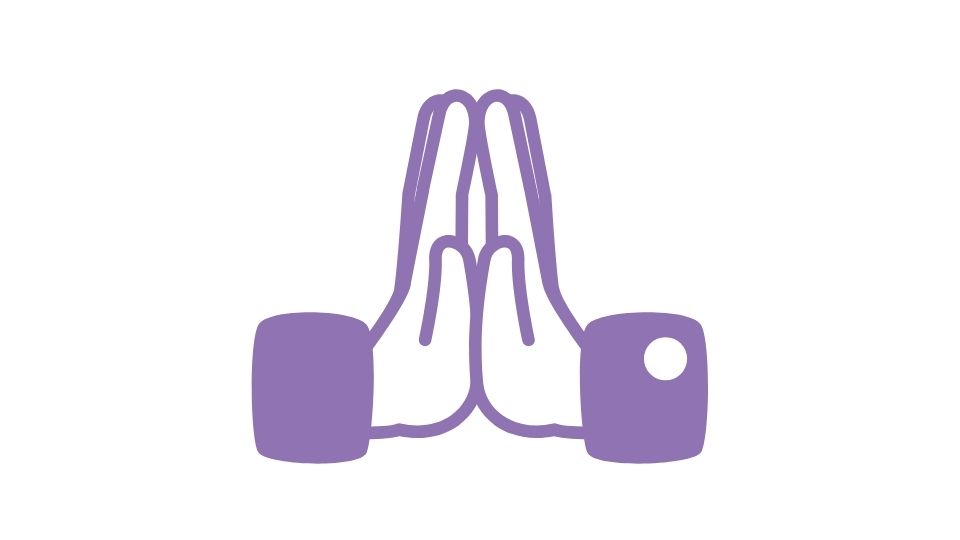Three killer ways to become a health and wellness advocate (without losing your mind)
Want to become a badass advocate for health and wellness? I got you.
Let’s talk about the three most powerful things you could do to actually make an impact – not just post Instagram quotes about “wellness journeys” while sipping your green juice.

How to be a health advocate that actually helps people
1. Design wellness programs people will actually use

The foundation of being a great health advocate is creating programs that don’t suck. And by “don’t suck,” I mean programs people will actually participate in and benefit from.
This starts with understanding what your target audience actually needs – not what you think they need.
Are you dealing with stressed-out corporate employees? Sleep-deprived parents? College students living off ramen? Each group has totally different challenges and requires different approaches.
Some practical ways to do this:
- Run fitness challenges that people actually enjoy
- Host nutrition workshops (that aren’t boring as hell)
- Create stress management sessions that give practical tools
- Start lunchtime walking groups to get people moving
The key is making these programs practical and engaging. Nobody wants another boring lecture about how they should eat more vegetables.
For example, instead of a generic nutrition talk, organize cooking classes that teach people how to make balanced meals they’ll actually want to eat. Research shows hands-on learning is much more effective for creating behavior change.
2. Educate and empower (without being preachy)
Education is your secret weapon as a wellness advocate – but only if you do it right.
The goal isn’t to shame people with scary health statistics or preach about “clean eating.” The goal is to meet people where they are and give them practical tools to improve their lives.
This means:
- Working with individuals to assess their unique physical and mental health needs
- Helping them set achievable goals (emphasis on achievable!)
- Providing personalized resources and plans
- Offering guidance on nutrition, mental health, and wellness
- Helping them navigate our stupidly complicated healthcare system
The best advocates don’t just throw information at people – they empower them to take control of their own health journey.
For instance, you might create engaging social media content about nutrition basics, or run webinars on stress management techniques that actually work. The Mayo Clinic has fantastic resources on evidence-based stress management you can share.
You could even recommend practical tools like meal tracking apps that make healthy eating easier. The point is to give people resources they can actually use in their daily lives.
3. Change the system (because willpower isn’t enough)

This is where the real impact happens. Individual change is great, but system-level change is where the magic happens.
You can be the world’s best health coach, but if your clients spend 8 hours a day in an office with only vending machines and a culture of working through lunch, they’re fighting an uphill battle.
As an advocate, you can:
- Work with organizational leaders to create healthier environments
- Engage with policymakers to support wellness initiatives
- Use social media to raise awareness about systemic health issues
- Organize campaigns for better healthcare accessibility
- Champion workplace policies that support well-being
Within organizations, be the person who pushes for:
- Actually taking breaks (revolutionary, I know)
- Creating spaces for physical activity
- Starting peer support networks
- Getting healthier food options in the cafeteria
- Subsidizing fitness memberships
According to the CDC, workplace wellness programs can reduce healthcare costs and improve productivity. That’s the kind of data that makes decision-makers pay attention.
The tech advantage: Using digital tools to supercharge your impact

Modern wellness advocacy gets a major boost from technology. The right digital tools can help track progress, guide behavior change, and create accountability.
For nutrition specifically, there are tons of apps that can help people become more mindful of what they’re eating. The key is finding tools with a low barrier to entry – if it’s complicated to use, people won’t stick with it.
The best tech solutions make healthy habits easier, not harder. They should integrate seamlessly into people’s lives and provide meaningful data they can actually use.
Research from Harvard shows that digital health tracking can help people make lasting lifestyle changes – but only if the tools are simple enough to use consistently.
In summary: Be the advocate people actually need

To become an effective health and wellness advocate:
- Design engaging wellness programs tailored to your audience
- Educate and empower individuals without preaching or shaming
- Work to change systems and policies to make healthy choices easier
Combine these strategies with practical tools and genuine community involvement, and you’ll make a real impact – helping others achieve better health without losing their minds in the process.
Remember: the best wellness advocates meet people where they are, not where they think they should be.




Leave a Reply